Los Angeles Times
-
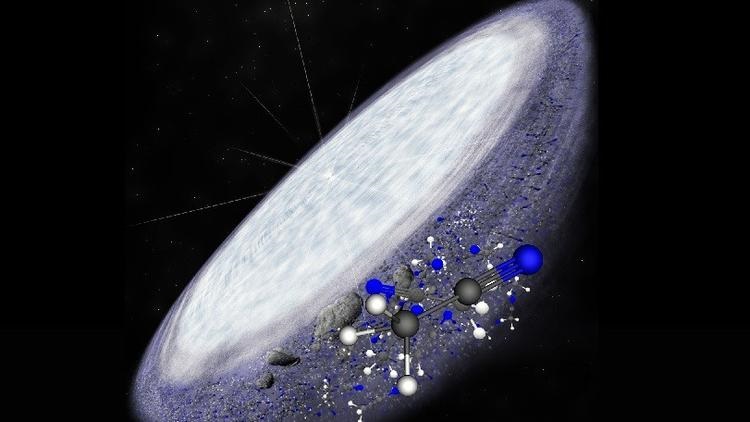
Eureka! Complex organic molecules found in a young star system
Our solar system may not be as special as we thought. A new study of a young star’s protoplanetary disk finds the same kinds of complex organic molecules that are […]
-
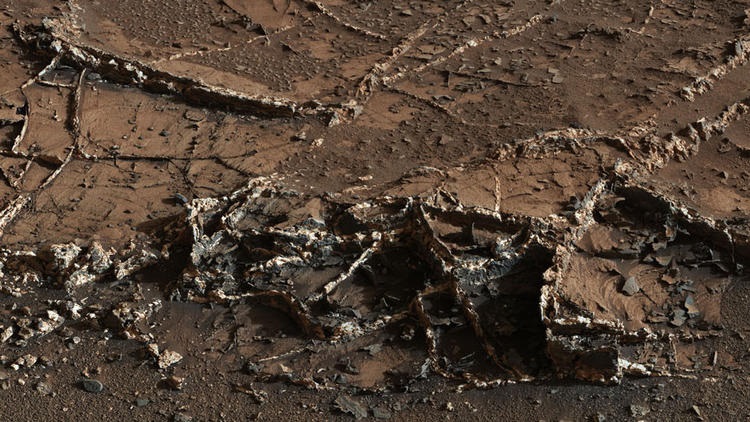
Mars rover Curiosity spots strange, 2-tone veins on planet’s surface
Climbing up Mt. Sharp in the middle of Gale Crater, NASA’s Mars rover Curiosity has discovered two-tone veins of minerals that reveal multiple episodes of water flowing through rock — […]
-
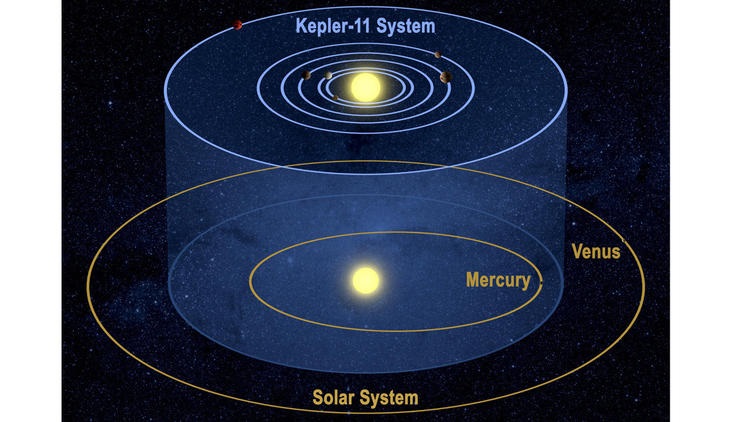
Young Jupiter wiped out solar system’s early inner planets, study says
Before Mercury, Venus, Earth and Mars occupied the inner solar system, there may have been a previous generation of planets that were bigger and more numerous – but were ultimately […]
-
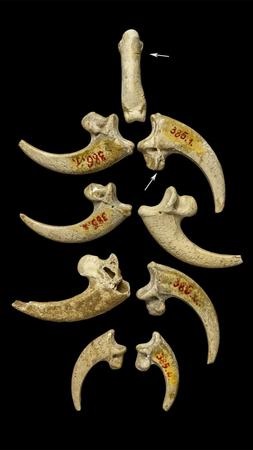
Neanderthals wore jewelry made of eagle talons, study finds
Even Neanderthals liked a little bling. A fresh examination of prehistoric eagle talons discovered more than 100 years ago reveals that our ancient relatives made and wore their own jewelry.
-
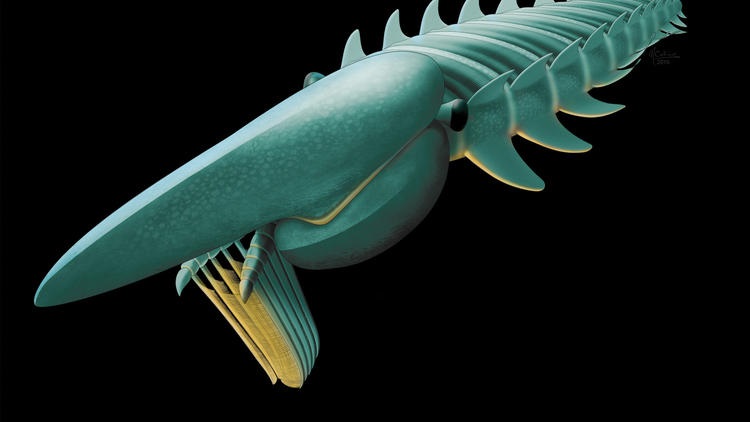
Found: A giant, ancient arthropod that grew up to 7 feet long
The newly discovered animal, dubbed Aegirocassis benmoulae, is an early member of the arthropod family tree, making it an ancient ancestor of cockroaches, butterflies and shrimp. It lived about 480 million years […]
-

Daylight saving time is one big experiment for scientists
To some people, the transition to daylight saving time means a few days of sleep deprivation, or the chance to leave work before the sky is completely dark. To others, it’s […]
-
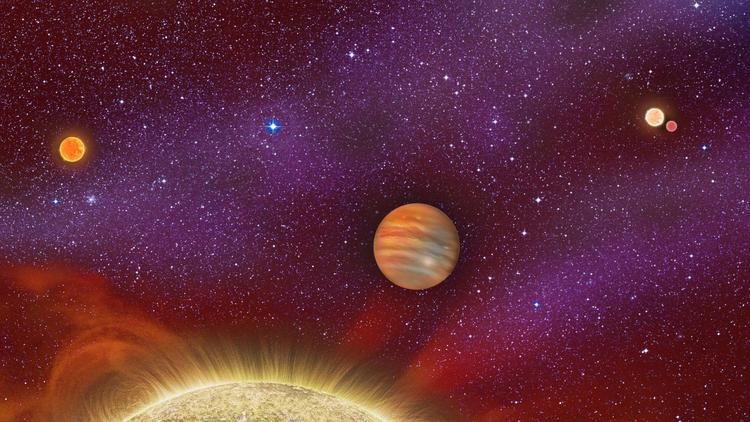
Found: A massive world with four suns
Astronomers have discovered a giant planet with four suns just 125 light-years from Earth.
-
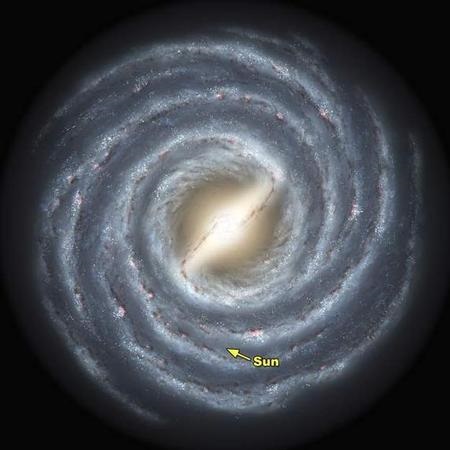
Scientists shocked by far-out star clusters on fringes of Milky Way
High above the spiral Milky Way, astronomers have spotted two clusters of new stars growing at the fringes of our galaxy. The discovery, published in the journal Monthly Notices of […]
-
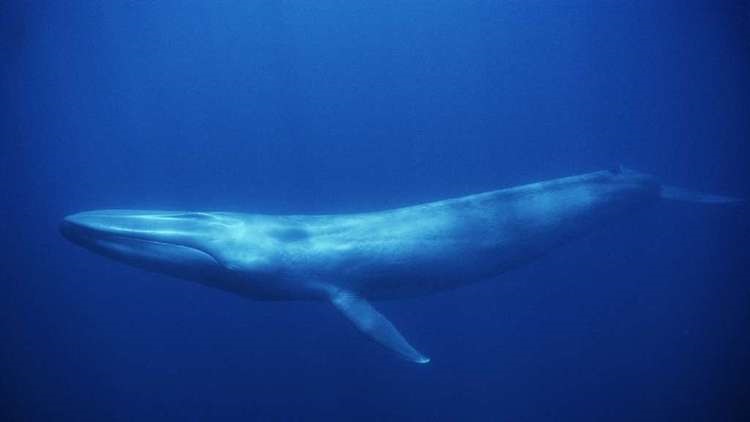
Evolution: Marine animals have grown bigger over time, study says
When it comes to evolution, bigger might really be better. A team of Stanford scientists analyzing the body sizes of marine mammals over nearly 550 million years have found that […]
